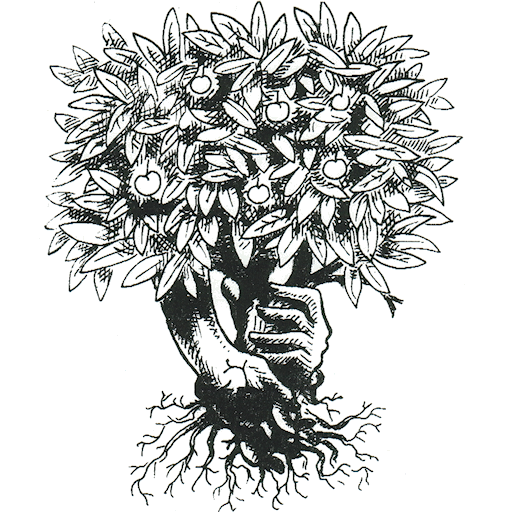Climate, a new story
Charles Eisenstein is a charismatic American writer and speaker, who has a devoted following. I’m not such a fan, but I do recommend his new book, and I was impressed by his session at the Findhorn climate change conference (see my blog on this here).
In this book, he wisely highlights the risk that those most passionate about addressing climate change could alienate many potential allies. If we reduce all the issues in the world to one, and declare that nothing else matters, this is a fundamentalist view which doesn’t engage those concerned about other issues which are related, such as the loss of species and habitats, and many more.
He also points up the risks of focussing solely on climate change, carbon emissions, and technology. It’s quite possible to envisage a ‘sustainable future’ in which the ecosystems and other species have died, and humans live in air conditioned bubbles, on food grown hydroponically.
He comments, “We are in fact facing a very serious climate crisis. However, the main threat is not warming per se; it is what we might call “climate derangement”… caused primarily by the degradation of ecosystems worldwide.” Hence his top action priorities are about the health of ecosystems, ahead of emission reductions.
His distinction between complicated and complex systems is illuminating: “Modern reductionistic methods are well adapted to dealing with complicated systems”, i.e. which can be subdivided, have predictable responses etc. Whereas, “Bodies, ecosystems, … societies, and the planet are complex systems” – where “variables are dependent, causal relationships are nonlinear…”
The chapter on Regenerative Agriculture cites some impressive projects with remarkable results, such as Brown’s Ranch in North Dakota, and Ernst Gotsch’s Syntropic Agriculture work in Brazil. He comments on why regenerative agriculture is still marginal: hard to measure because multiple variables, hard to implement because it requires a lot of expertise, labour, tailoring to local conditions.
This book is well-researched, and gives a convincing critique of the blind spots in ‘climate science’. As he says, one of these is underrating factors which are hard to measure. In particular, carbon sequestration below ground, and by regenerative agriculture, could be a major contributor to progress, but is very hard to monitor.
This is not an easy book, for various reasons, not just the arduous nature of the topic. Charles repeatedly challenges readers to look for the blind spots and prejudice in their thinking. His writing style has a subtle whiff of superiority about it – you can imagine him as a university lecturer intimidating his adoring students.
This book valuably highlights our confused attitude to Earth’s ecosystems and other life forms: for example, in putting a monetary value on them, we continue to treat them as merely resources for human use. “If we are to preserve the things on this planet that are beyond price, we cannot rely on math to do it.”
Getting practical
Like many books on this topic, we’re not left with a convincing scenario for how change is going to happen. But I like Charles’ comment that “Without a bridge from the realm of metaphysics to the world of policy, we risk making the Story of Interbeing into a mere philosophy.” In his concluding chapter, he highlights 17 policy changes which he sees as priorities, here are the first four of them:
- Promote land regeneration as a major new category of philanthropy: fund demonstration projects, connect young farmers to land, and help farms transition to regenerative practices. Provide public funding and government support for this transition as well by shifting agricultural subsidies away from conventional crops.
- Institute a global moratorium on logging, mining, drilling, and development of all remaining primary forests, wetlands, and other ecosystems.
- Expand the land protected in wildlife refuges and other reserves. When possible, enlist local and indigenous people in protection efforts to align their livelihood with ecological health.
- Establish new ocean marine reserves and expand existing ones, with the goal of placing a third to half of all oceans, estuaires, and coastline into no-take/no-drill/no-develop sanctuaries.
How might all this happen? He doesn’t offer specific ideas, but believes more like Thomas Berry that a radical shift in consciousness can produce astonishing material changes. Let’s hope and pray that this happens soon.
